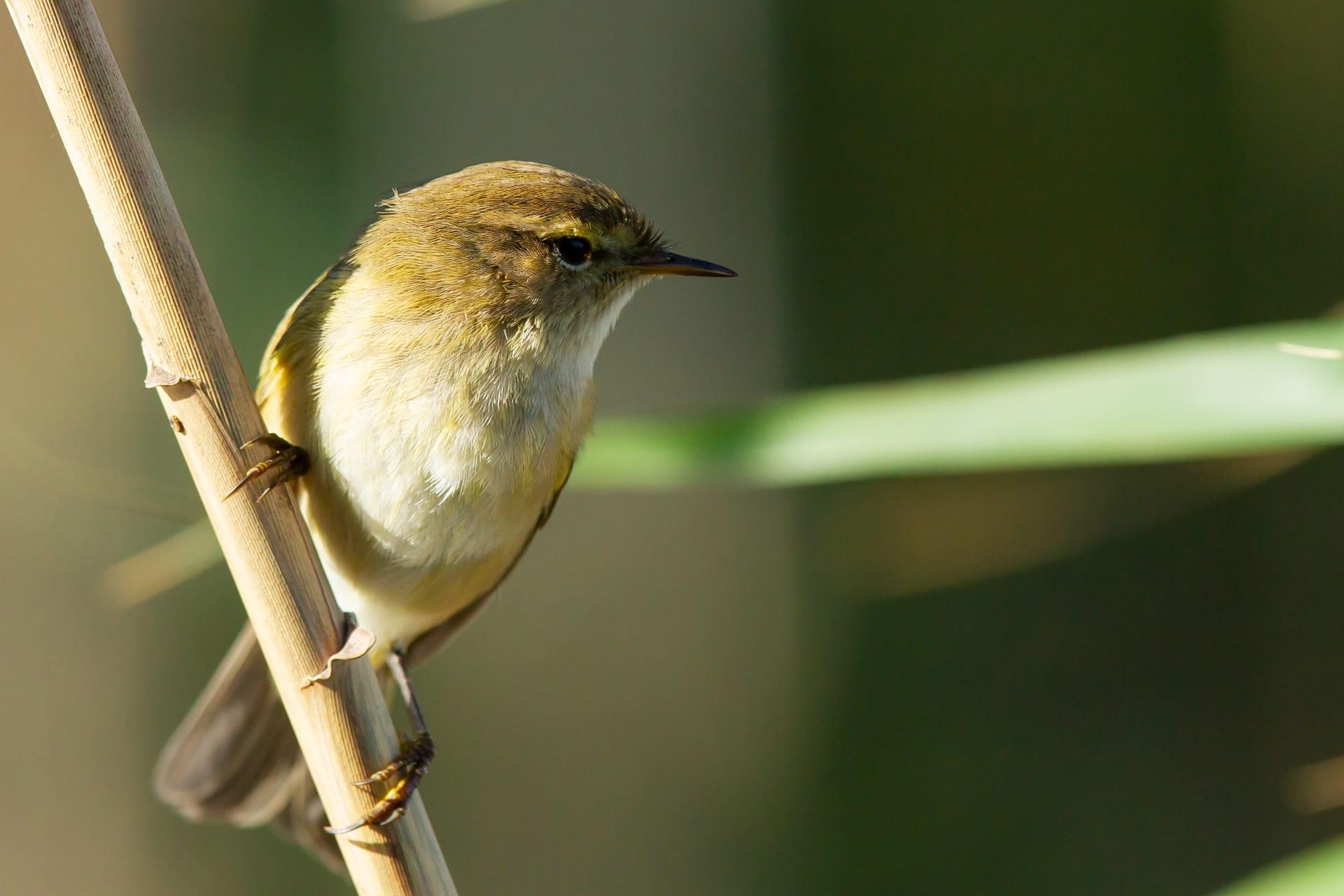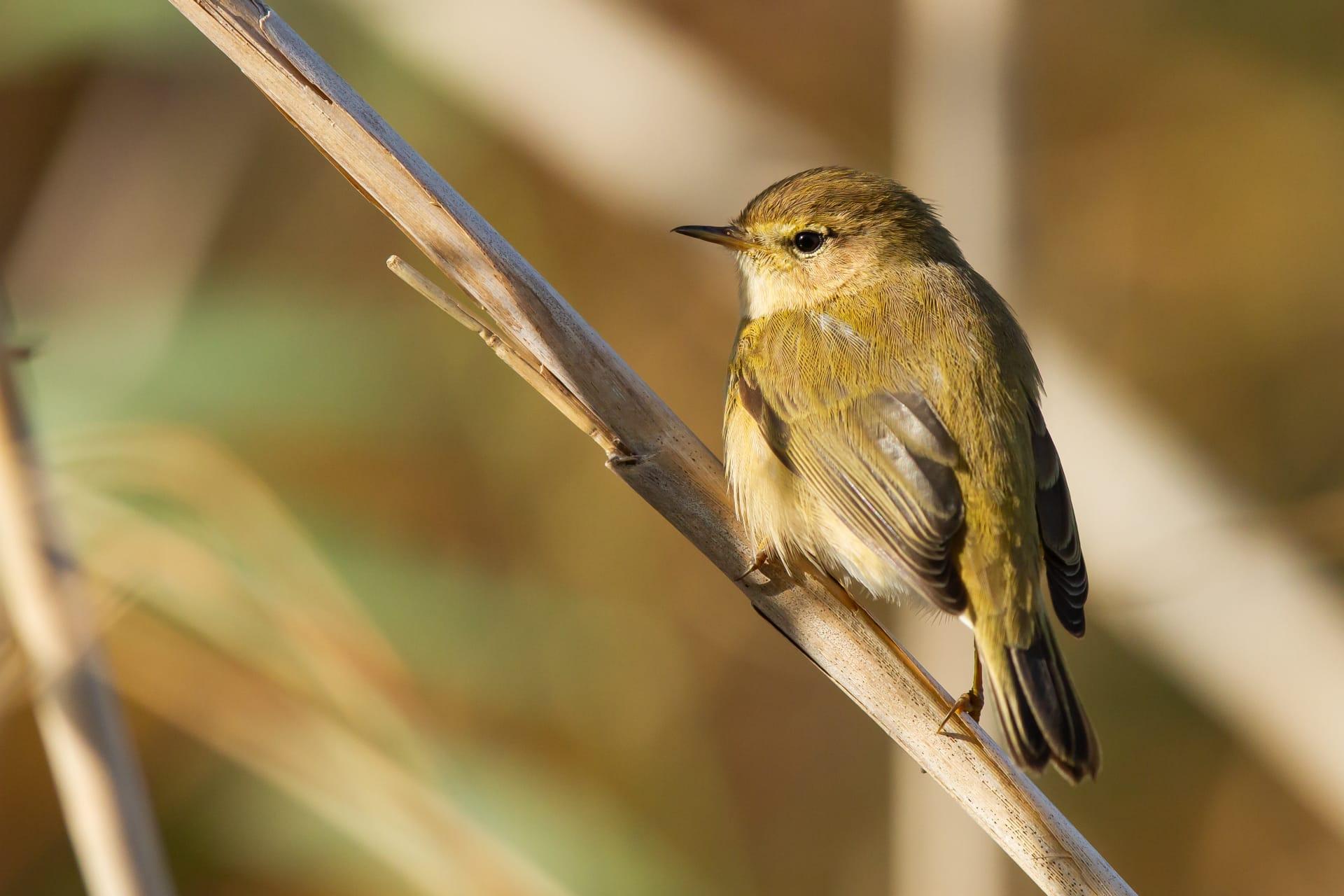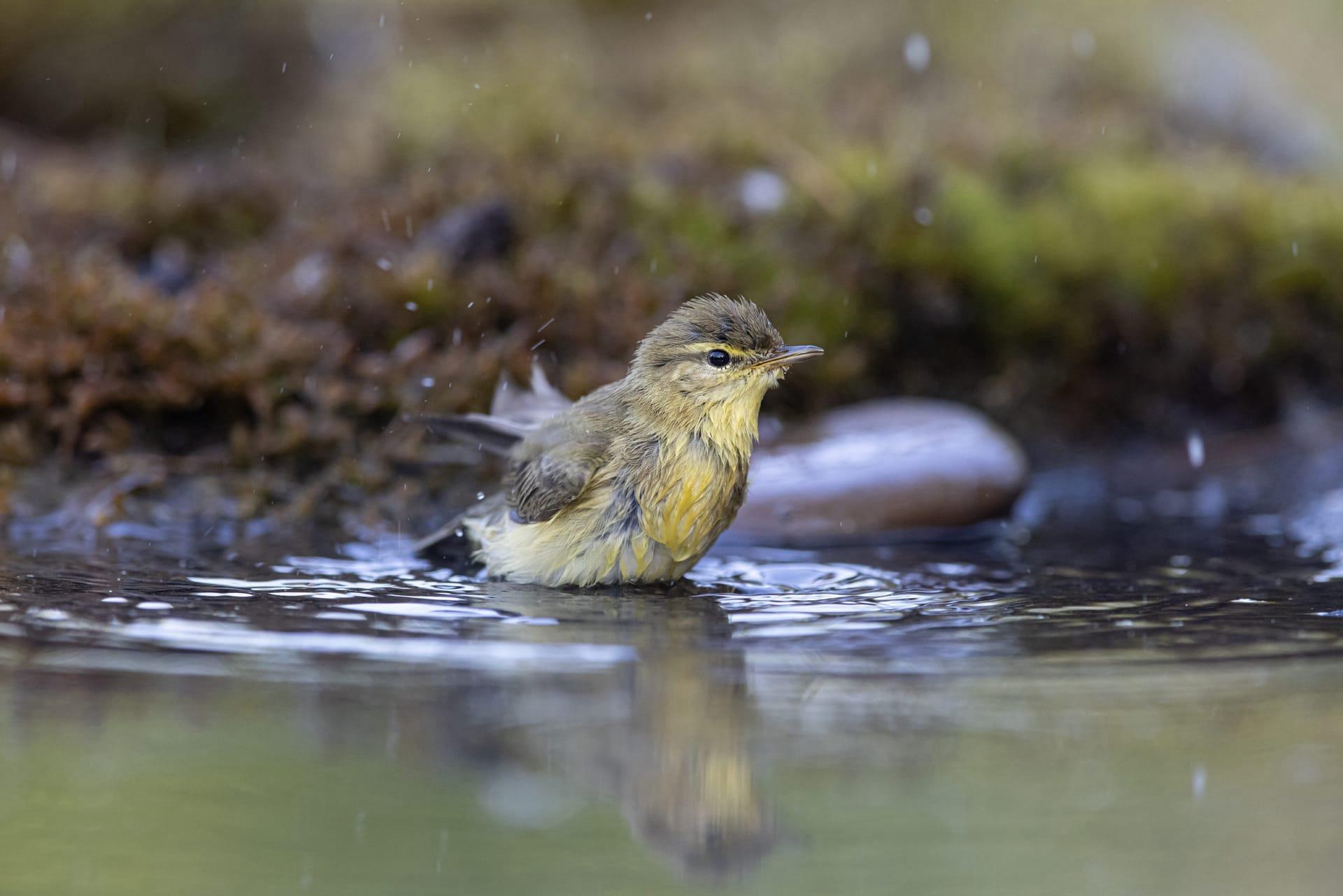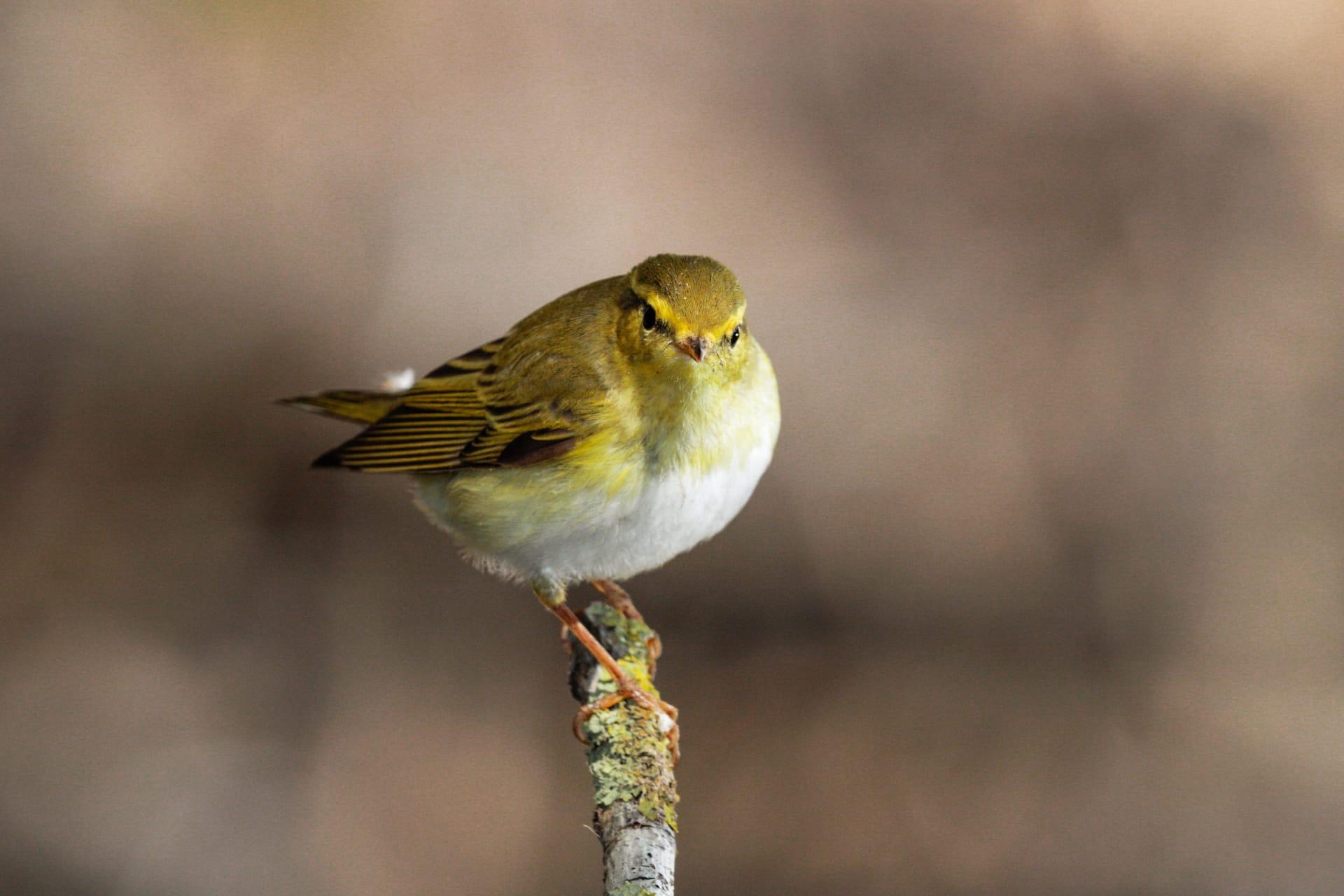Warbler Trivia
- Home /
- Trivia Question /
- Animal /
- Warbler Trivia
1
Question: What unique adaptations do warblers have for their migratory journeys?
Answer: Warblers are equipped with some remarkable adaptations for migration. For instance, the Blackpoll Warbler, known for its long-distance flights, can double its body weight before migrating. This extra weight is mostly fat, serving as vital energy reserves. During their non-stop flight, which can span up to 2,500 miles over the Atlantic Ocean, they burn this fat to fuel their journey. Additionally, warblers can orient themselves using the stars and Earth's magnetic field, an ability that’s deeply ingrained in their genetic makeup.
Question: How do warblers contribute to their ecosystems?
Answer: Warblers play a crucial role in their ecosystems, primarily as insect controllers. Their diet mainly consists of insects and spiders. For example, a single Yellow Warbler can consume hundreds of caterpillars and aphids in a day. By controlling insect populations, they help maintain the balance in their habitats. This pest control is especially beneficial for forests and agricultural areas, where excessive insect populations can be damaging. Moreover, warblers aid in seed dispersal and pollination, contributing to the health and diversity of plant life.

2
Question: Is it true that all warblers have the same song?
Answer: Contrary to a common misconception, warblers exhibit a wide variety of songs and calls. Each species has its distinct vocalizations, which they use for different purposes like attracting mates or signaling danger. For instance, the song of the American Yellow Warbler is a sweet, rapid series of 'sweet-sweet-sweet, I'm so sweet', quite distinct from the Cerulean Warbler's buzzy, fast-paced melody. Their songs are not only species-specific but can also vary regionally, much like human accents.
Question: Do warblers only live in forests?
Answer: While many people think warblers are exclusive to forest habitats, these birds actually inhabit a diverse range of environments. Beyond forests, they can be found in marshes, meadows, mountains, and even urban parks. The Kirtland's Warbler, for example, prefers young jack pine habitats, while the Prothonotary Warbler is often found in swampy woodlands. This adaptability to different habitats is one reason why warblers have a wide geographic range.

3
Question: What's the average lifespan of a warbler?
Answer: Warblers, like many small birds, generally have a short lifespan. On average, a warbler lives for about 5 to 6 years. However, this can vary greatly depending on environmental factors and species. For instance, the survival rate in the first year of life is quite low due to predation and challenges in migration. If they survive this critical period, their chances of living a longer life increase significantly. The oldest recorded warbler was a Louisiana Waterthrush that lived to be over 11 years old.
Question: How do warblers find their way during migration?
Answer: Warblers possess an extraordinary sense of navigation for their migration, which involves a combination of innate and learned skills. They use the sun, stars, and Earth’s magnetic field as guides. Remarkably, young warblers migrate alone, without guidance from experienced adults, relying on their instinctual understanding of direction and distance. Some warblers also use landmarks, like rivers and coastlines, to guide them. The precision of their navigation is astonishing, with many returning to the same breeding grounds year after year.

4
Question: Can warblers see colors?
Answer: Warblers have excellent color vision, which is crucial for their survival. They can see a broader spectrum of colors than humans, including ultraviolet light. This ability helps them in various ways, such as distinguishing ripe fruits, finding insects hidden in foliage, and selecting mates based on plumage. For instance, the ultraviolet reflection in the plumage of the Blue-winged Warbler plays a significant role in mate selection and territory defense.
Question: What challenges do warblers face due to climate change?
Answer: Climate change poses significant threats to warbler populations. Changes in temperature and weather patterns affect their migratory timings, breeding seasons, and food availability. For example, warmer springs can cause a mismatch between the peak of insect abundance and the arrival of warblers, leading to food shortages. Additionally, habitat loss due to climate change, like drying wetlands or burning forests, directly impacts their breeding and feeding grounds. Conservation efforts are crucial to mitigate these impacts and preserve warbler populations.

5
Question: How do warblers defend their territories?
Answer: Warblers use a combination of vocalizations and physical displays to defend their territories. They sing to establish and maintain their territorial boundaries, especially during the breeding season. The intensity and frequency of their songs increase in the presence of intruders. Some species, like the Yellow-rumped Warbler, engage in aggressive behaviors such as chasing, aerial displays, and even physical confrontations to ward off competitors. This territorial defense ensures they have sufficient resources for nesting and rearing their young.
Question: What is the diet of warblers during different seasons?
Answer: The diet of warblers varies seasonally due to changes in food availability. During spring and summer, their diet primarily consists of insects and spiders. This high-protein diet is essential for breeding and raising their young. In the fall and winter, when insects are less abundant, many warblers switch to eating fruits and berries. This shift helps them to accumulate fat reserves for migration. Some species, like the Pine Warbler, also feed on seeds and nectar, depending on what's available in their environment.